Browning Pitcher Plants: Why A Pitcher Plant Turns Yellow Or Brown
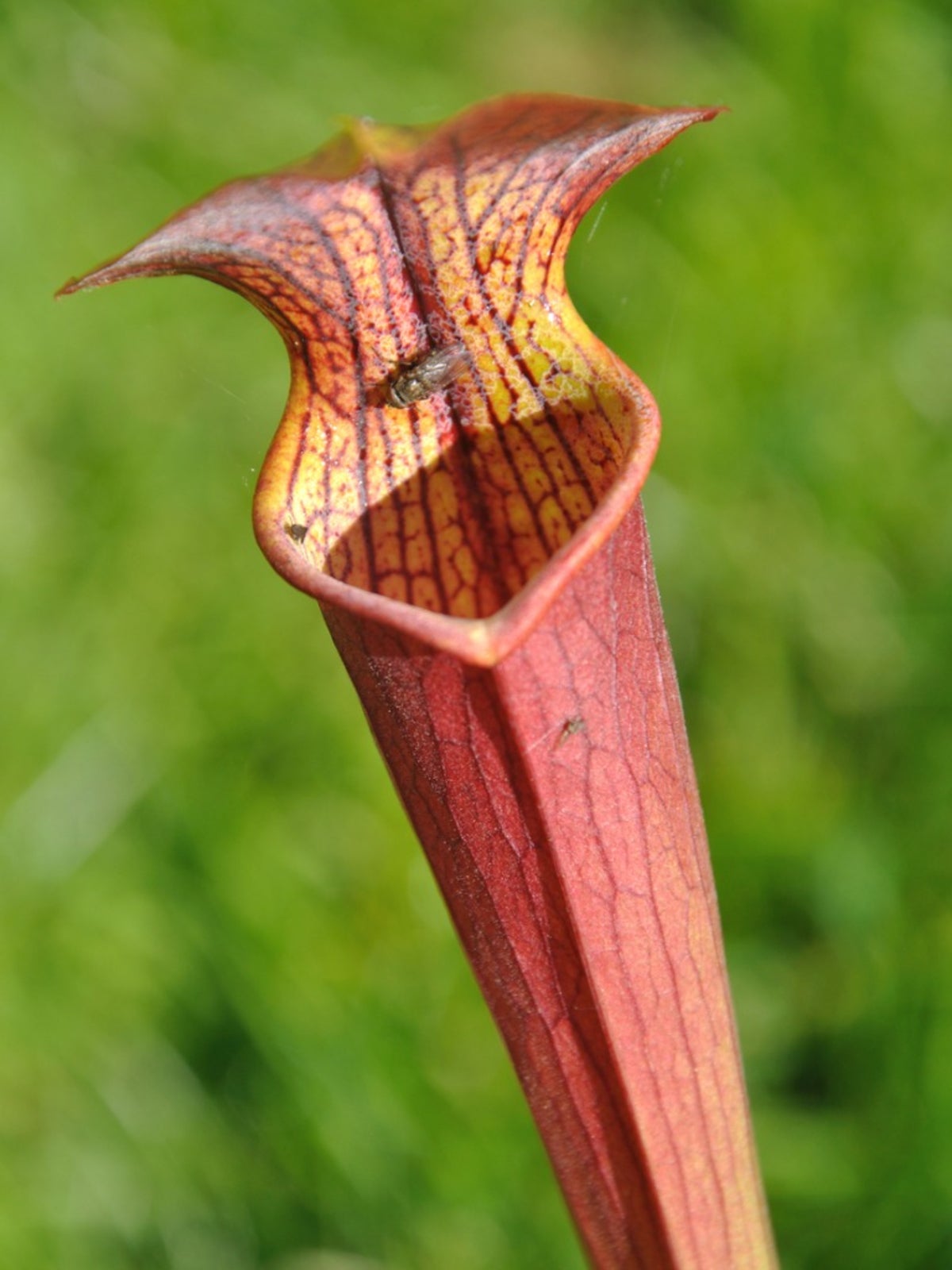

Adding a pitcher plant or three to your garden or interior space adds a touch of the unusual. Beyond being interesting carnivorous specimens, the pitcher plant produces a beautiful bloom as a reward to a gardener who has cared for it well. When your pitcher plant turns yellow or brown, it's not time to panic; these hardy plants are hard to keep down for long.
Is My Pitcher Plant Dying?
More than likely, your pitcher plant is just getting older; browning or yellowing pitcher plants are perfectly normal even when plants have received excellent care. As individual pitchers age, they may start to yellow, then brown, and collapse. If it's only the oldest or largest pitchers doing this, it's nothing to worry about; your plant is just shedding its oldest pitchers. As fall approaches, a normal plant will begin to go dormant and stop replacing the shed pitchers. If you're unsure about pitcher plant care and the pitcher plant turning brown or yellow is discolored all over, you may have bigger problems. Although pitcher plants are bog natives, they don't tolerate standing water like their carnivorous contemporaries, immediately reduce watering to dry out the soil around the plant's crown. If you're watering with tap water, this could be causing problems as well. Many fanciers believe the heavy minerals in tap water can cause injury, so stick to purified or filtered water.
Other Causes of Environmental Stress
Pitcher plants that are changing color may be trying to tell you that something is wrong with their environment. This requires a total evaluation of the system where they live; these plants are not the same as your philodendrons or gerbera daisies and they have very unique needs. Your growing medium should be loose but absorbent, like the bogs from which these plants hail. A slightly acidic pH is also beneficial. Try moving your plant into a sunny area; pitcher plants need full sun to do their best. However, if you place them in a window with bright, direct sunlight, they may burn, so choose your location carefully. Humidity should be high, around 60 percent when possible. Moving your plant to a terrarium might improve its color. Remember that carnivorous plants thrive in poor soils and get most of their nutrition from consuming insects; fertilizer can be very damaging to these plants.
Gardening tips, videos, info and more delivered right to your inbox!
Sign up for the Gardening Know How newsletter today and receive a free copy of our e-book "How to Grow Delicious Tomatoes".

Kristi Waterworth was a regular contributor to Gardening Know How for many years, answering countless queries on plant pests and diseases.
-
 Get Ready For A Summer Of Hummers! Grow These Full Sun Hummingbird Plants and Flowers
Get Ready For A Summer Of Hummers! Grow These Full Sun Hummingbird Plants and FlowersIf you’re lucky enough to enjoy a sunny backyard, make sure you are maxing out on your pollinator opportunities and grow these full sun hummingbird plants and flowers
By Tonya Barnett
-
 12 Lush Alternatives To A Lawn For Sustainable Spaces
12 Lush Alternatives To A Lawn For Sustainable SpacesAlternatives to a lawn are beautiful and also beneficial to your local ecosystem and its pollinators. Explore our top picks for plants to replace grass.
By Tonya Barnett
-
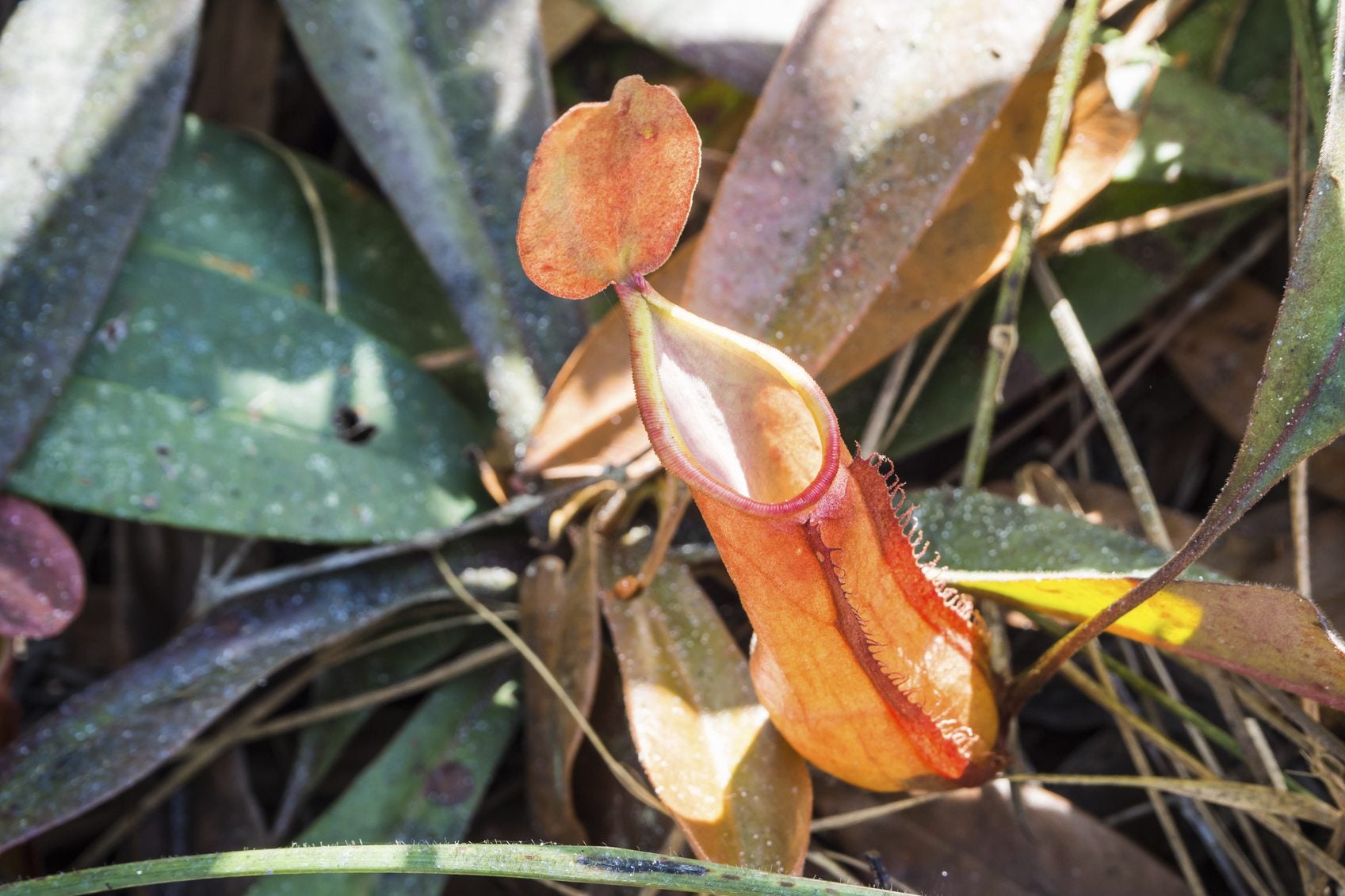 Black Pitcher Plant Leaves – Why Nepenthes Leaves Are Turning Black
Black Pitcher Plant Leaves – Why Nepenthes Leaves Are Turning BlackPitcher plant has specific needs, and it lets you know with alarming clarity when those needs aren't being met. This article explains what to do when you find your pitcher plant's leaves turning black. Click here to learn more.
By Jackie Carroll
-
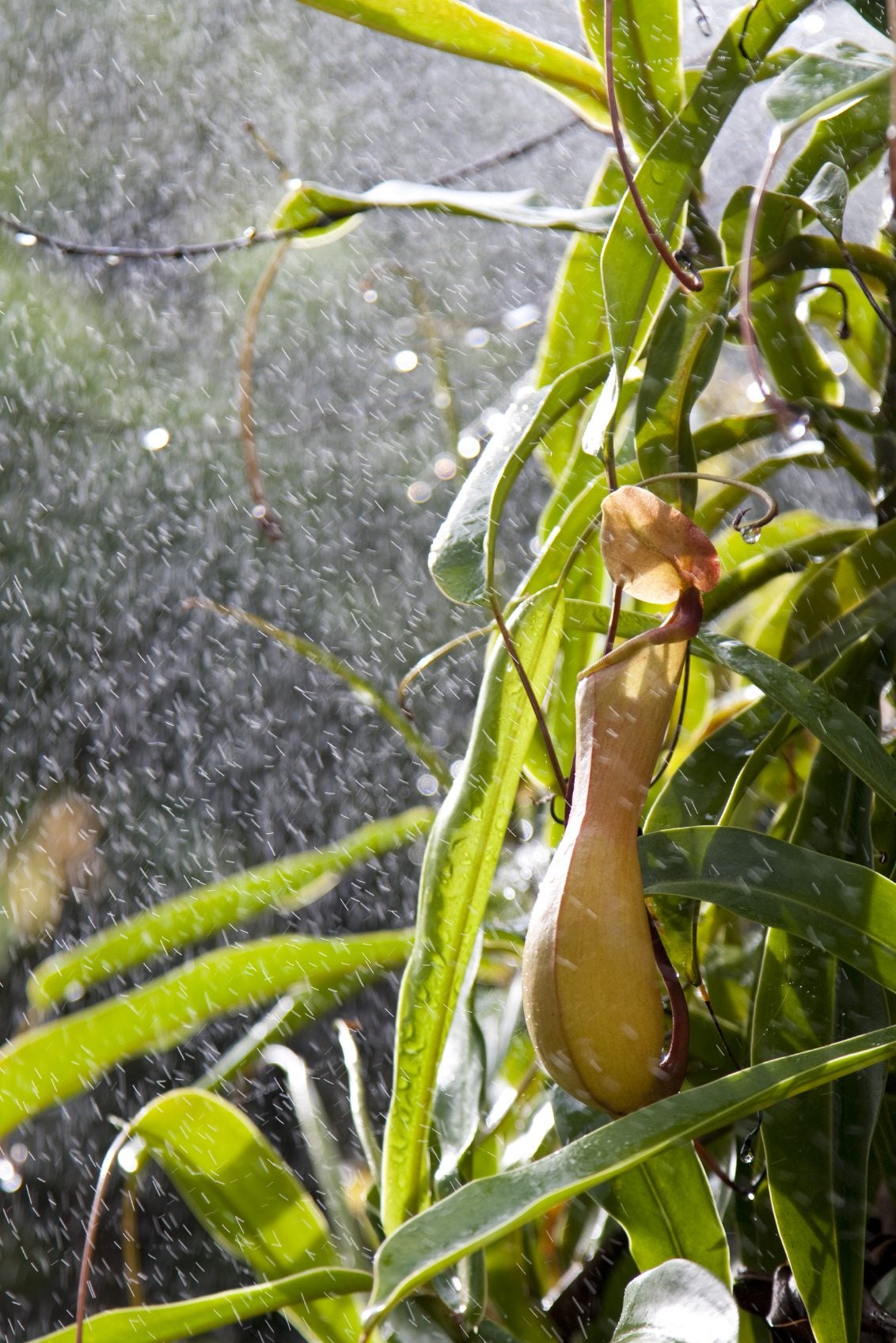 Watering Nepenthes – How To Water A Pitcher Plant
Watering Nepenthes – How To Water A Pitcher PlantThere are many types of exotic pitcher plants, all surprisingly easy to grow once you learn how to meet the plant's basic needs, including proper pitcher plant watering. Click here to learn what's involved in watering a pitcher plant.
By Mary H. Dyer
-
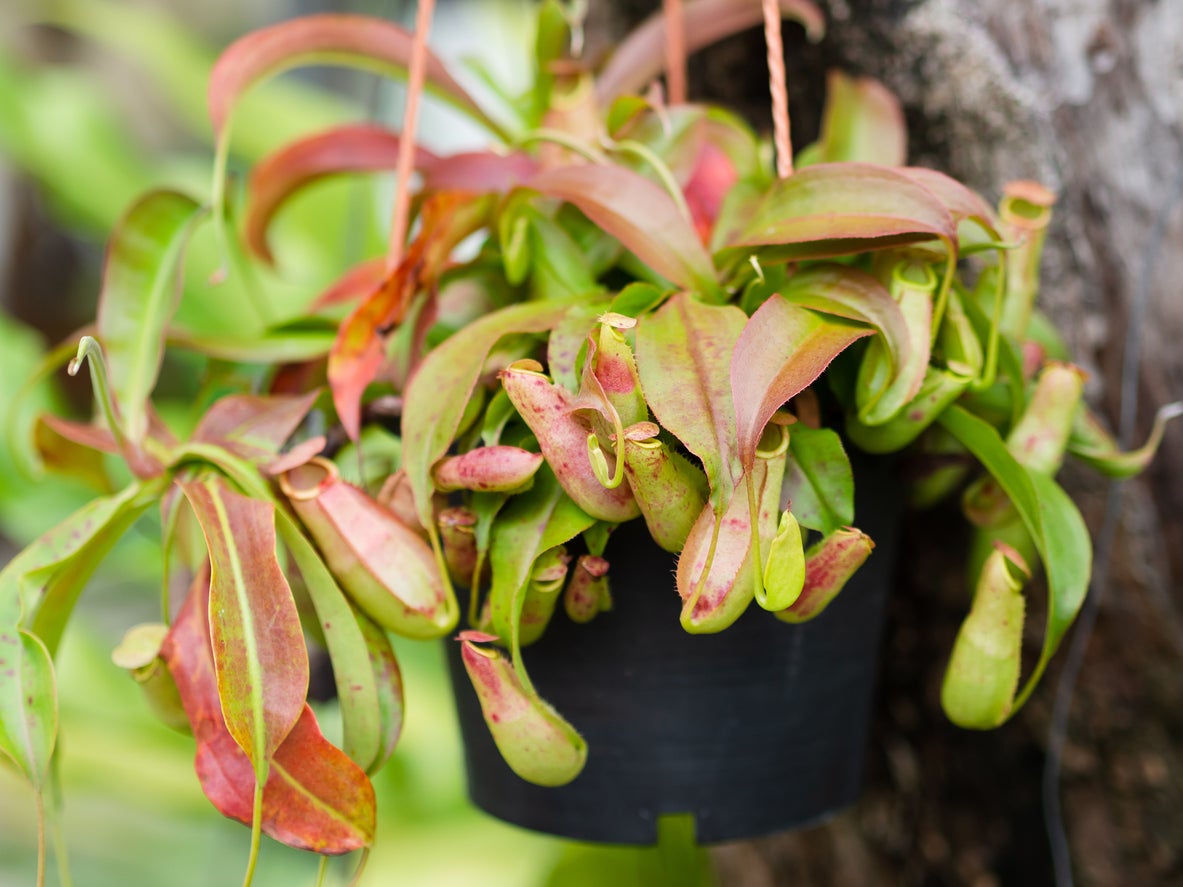 Nepenthes Pitcher Plants: Treating A Pitcher Plant With Red Leaves
Nepenthes Pitcher Plants: Treating A Pitcher Plant With Red LeavesNepenthes pitcher plants are often grown as houseplants. If you own one, you may see your pitcher plant leaves turning red. There are various possible reasons for a pitcher plant with red leaves; some require fixing, some do not. Click here to learn more.
By Teo Spengler
-
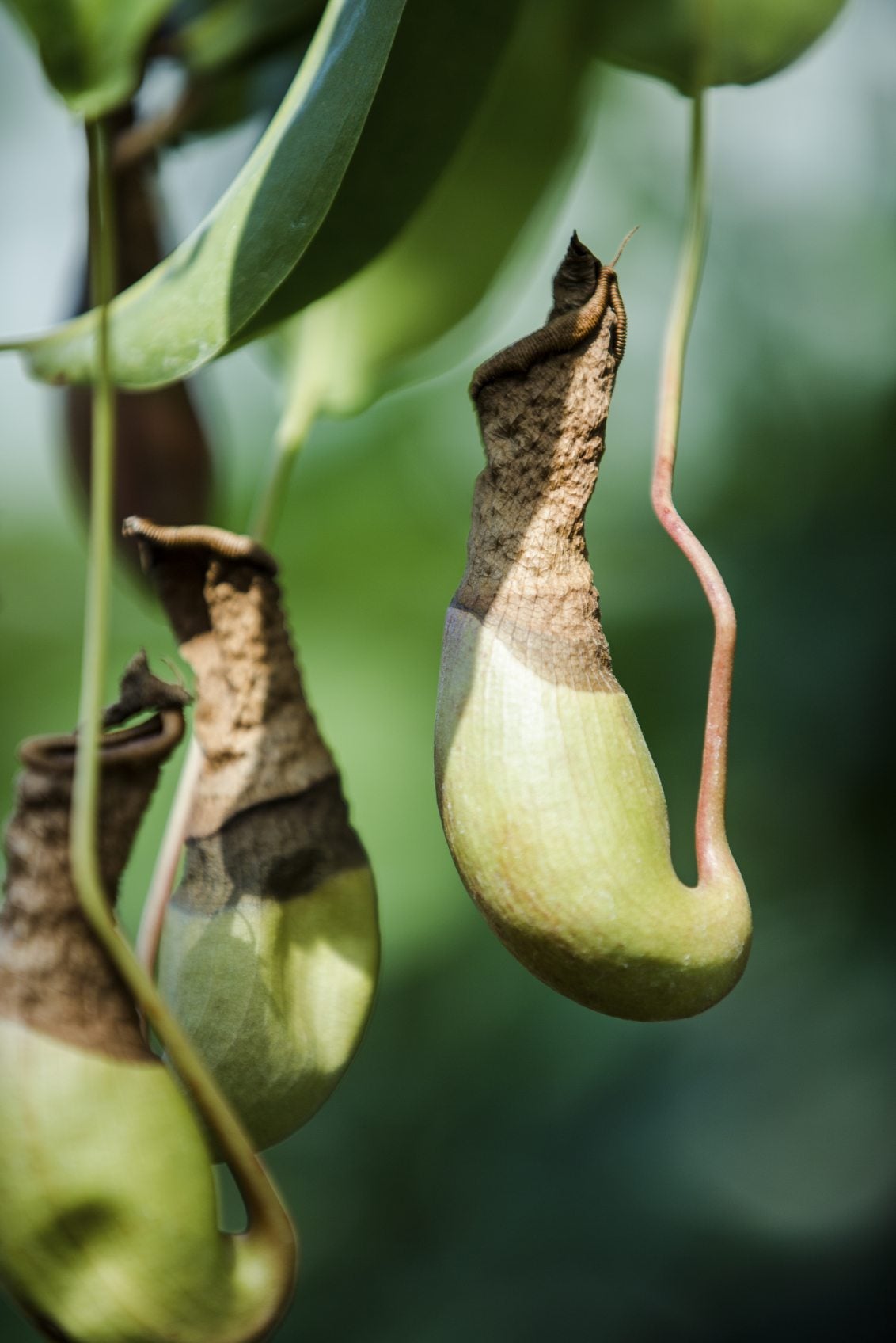 Pitcher Plant Pest Control: Learn About Pests Of Pitcher Plants
Pitcher Plant Pest Control: Learn About Pests Of Pitcher PlantsPitcher plants are exotic, fascinating plants, but they're prone to many of the same problems that affect any other plant, including pests. If you're wondering how to get rid of bugs on carnivorous plants, it can be tricky. Click here to find out why.
By Mary H. Dyer
-
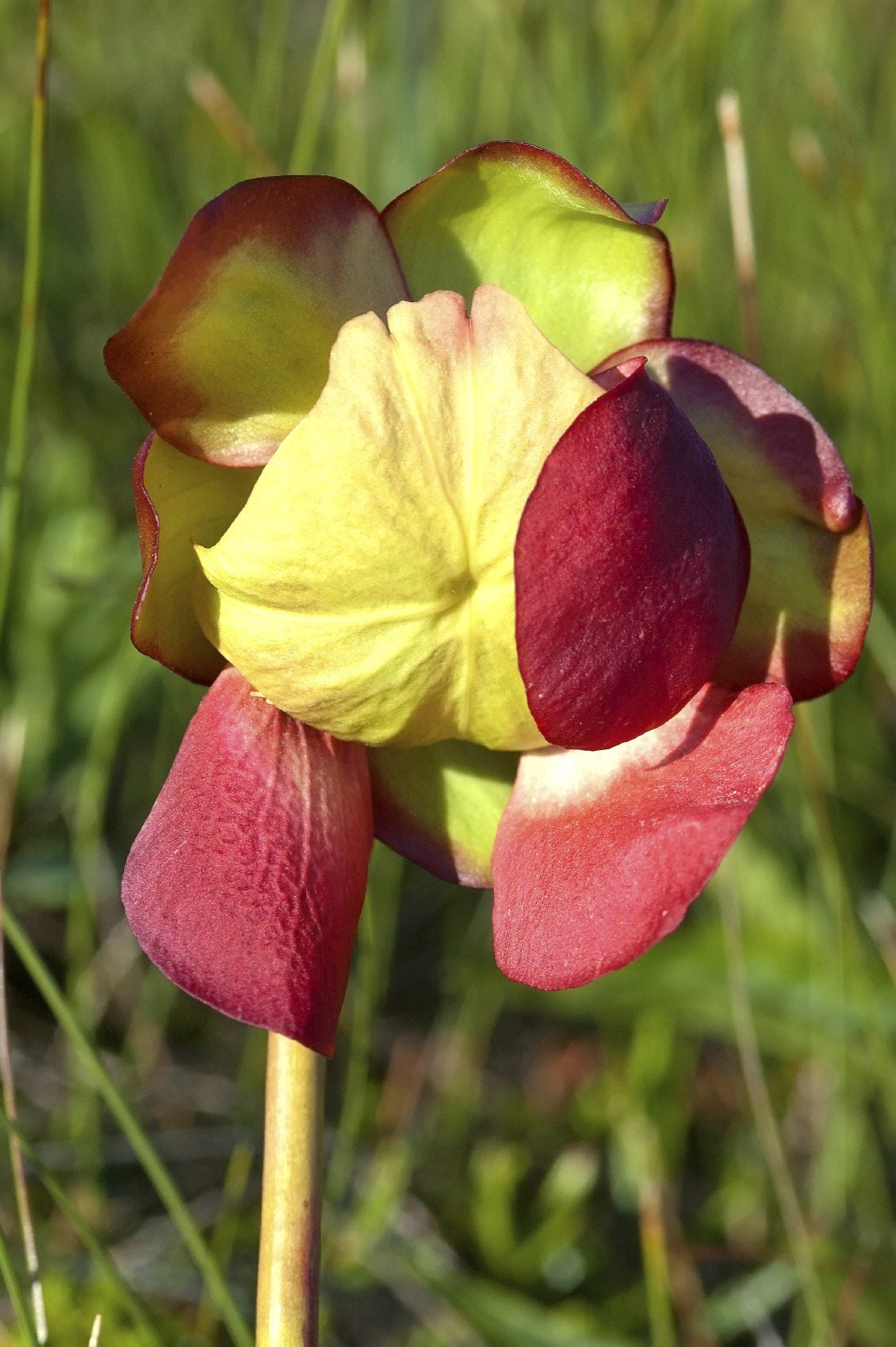 Do Pitcher Plants Bloom: Learn About Pitcher Plant Flowers
Do Pitcher Plants Bloom: Learn About Pitcher Plant FlowersDo pitcher plants bloom? They certainly do, and pitcher plant flowers are just as fascinating as the colorful, mysterious pitchers. Click on this article for more pitcher plant flower information. You'll be amazed at how lovely their flowers are.
By Mary H. Dyer
-
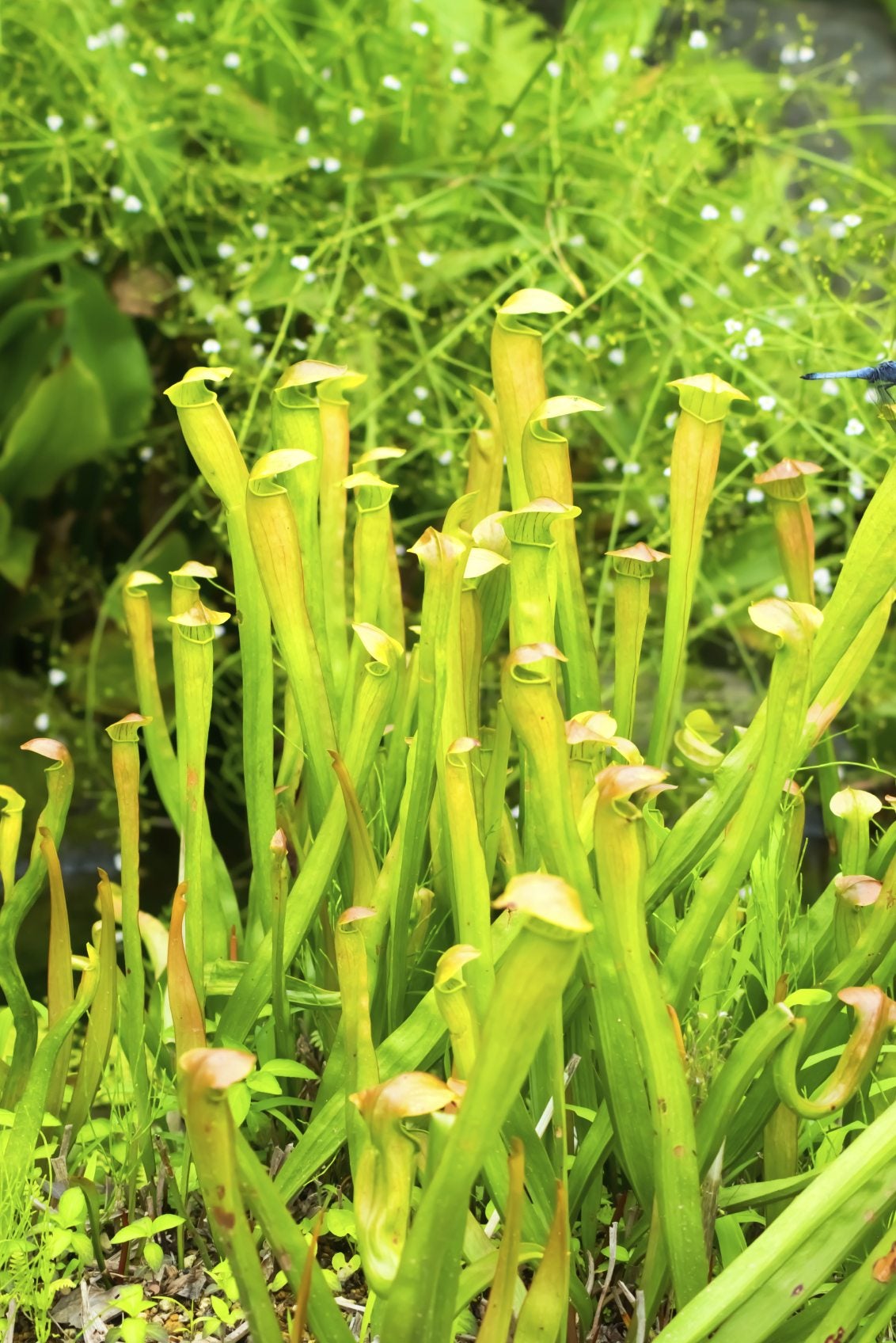 Pitcher Plant Info: Growing Pitcher Plants In The Garden
Pitcher Plant Info: Growing Pitcher Plants In The GardenGrowing pitcher plants outdoors requires a combination of conditions quite different from ordinary garden plants. To learn what these plants need to grow outdoors, click on the article that follows for additional information.
By Karen Boness
-
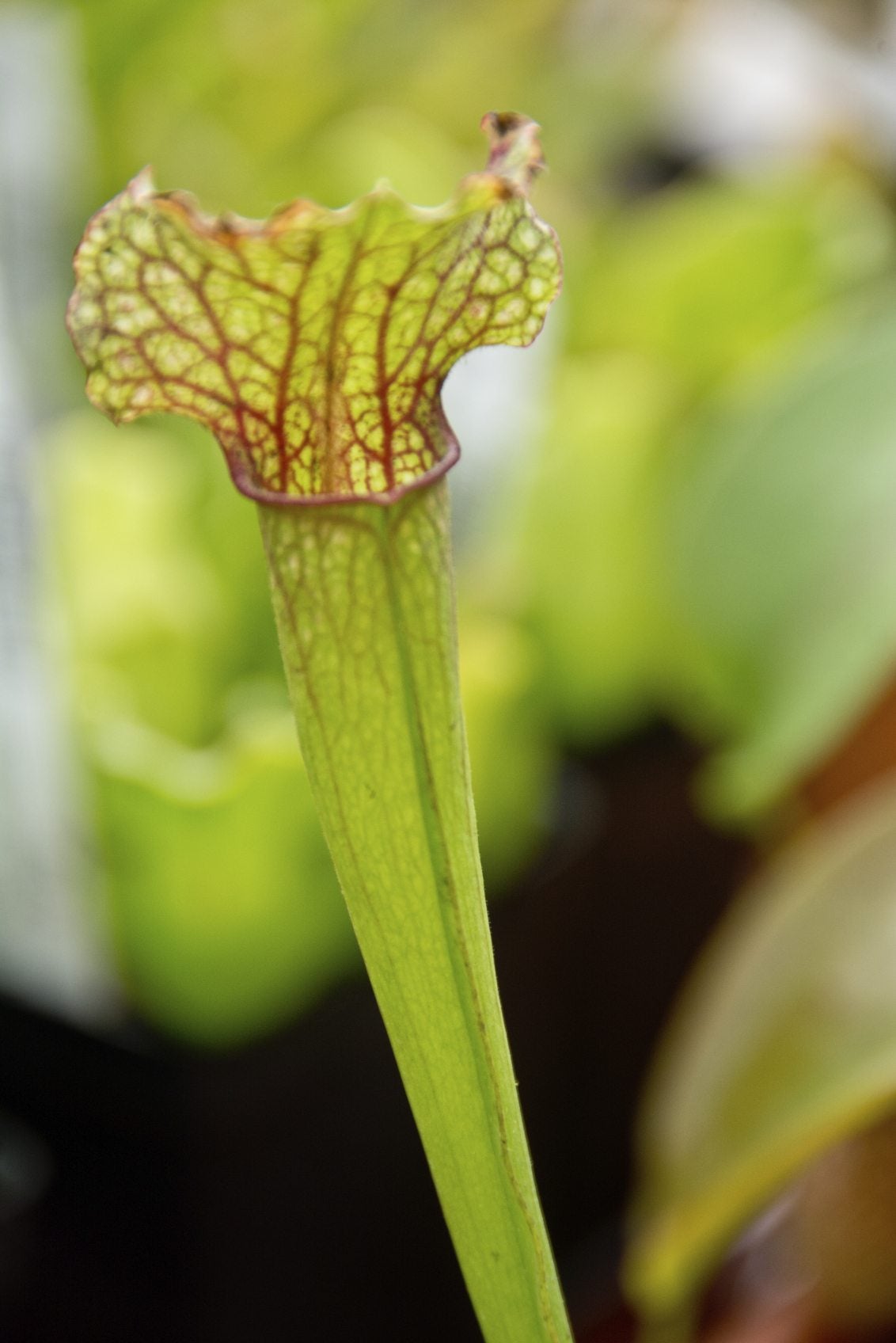 Carnivorous Plant Problems: Why A Pitcher Plant Has No Pitchers
Carnivorous Plant Problems: Why A Pitcher Plant Has No PitchersIf you're having carnivorous plant problems, such as a pitcher plant not making pitchers, it may require some troubleshooting to determine the problem. For helpful tips on this issue, simply click on the following article.
By Mary H. Dyer
-
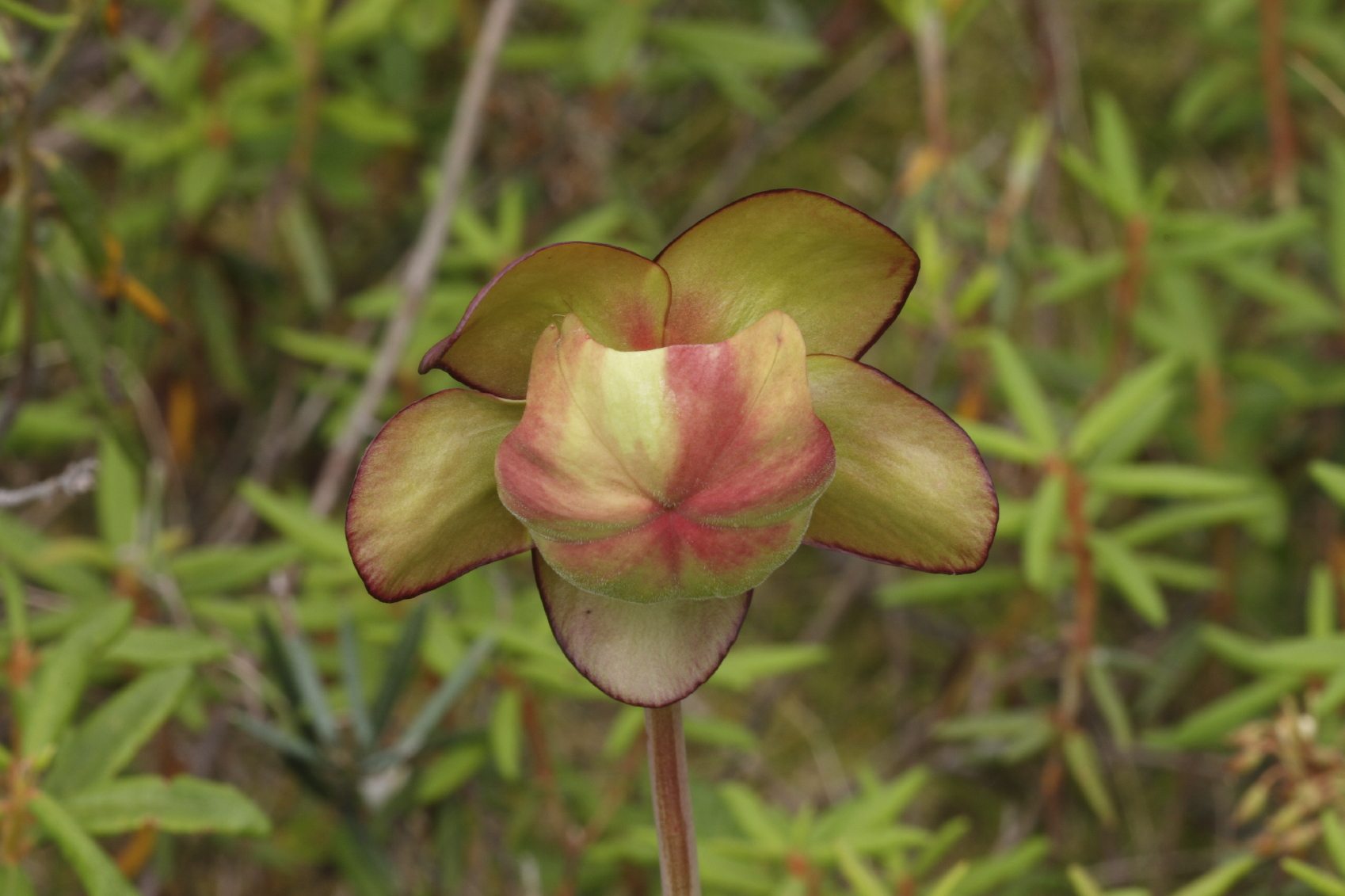 Pitcher Plant Seeds: Guide To Pitcher Plant Seed Growing
Pitcher Plant Seeds: Guide To Pitcher Plant Seed GrowingPitcher plant seed sowing is one of the best ways to reproduce this beautiful plant. But like the seeds of other carnivorous plants, they need special treatment to give them their best chance of growing. Click this article to learn more.
By Teo Spengler